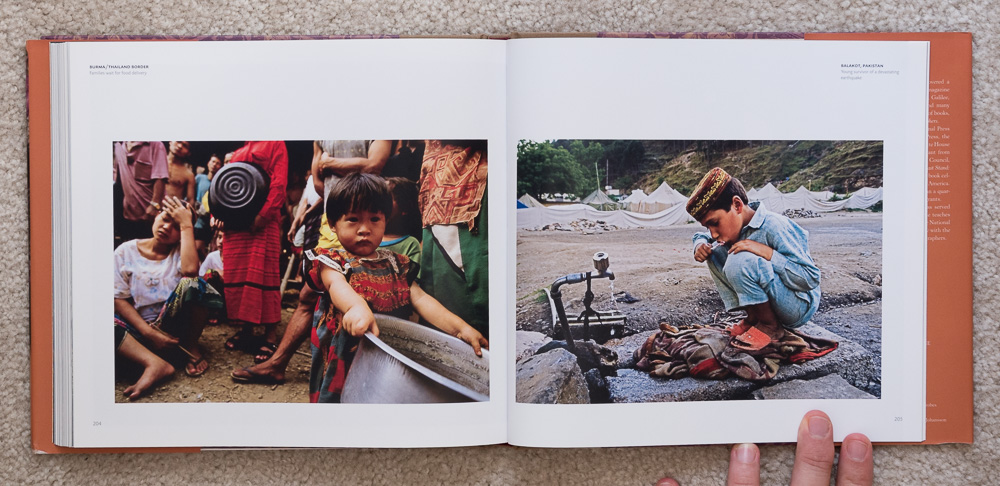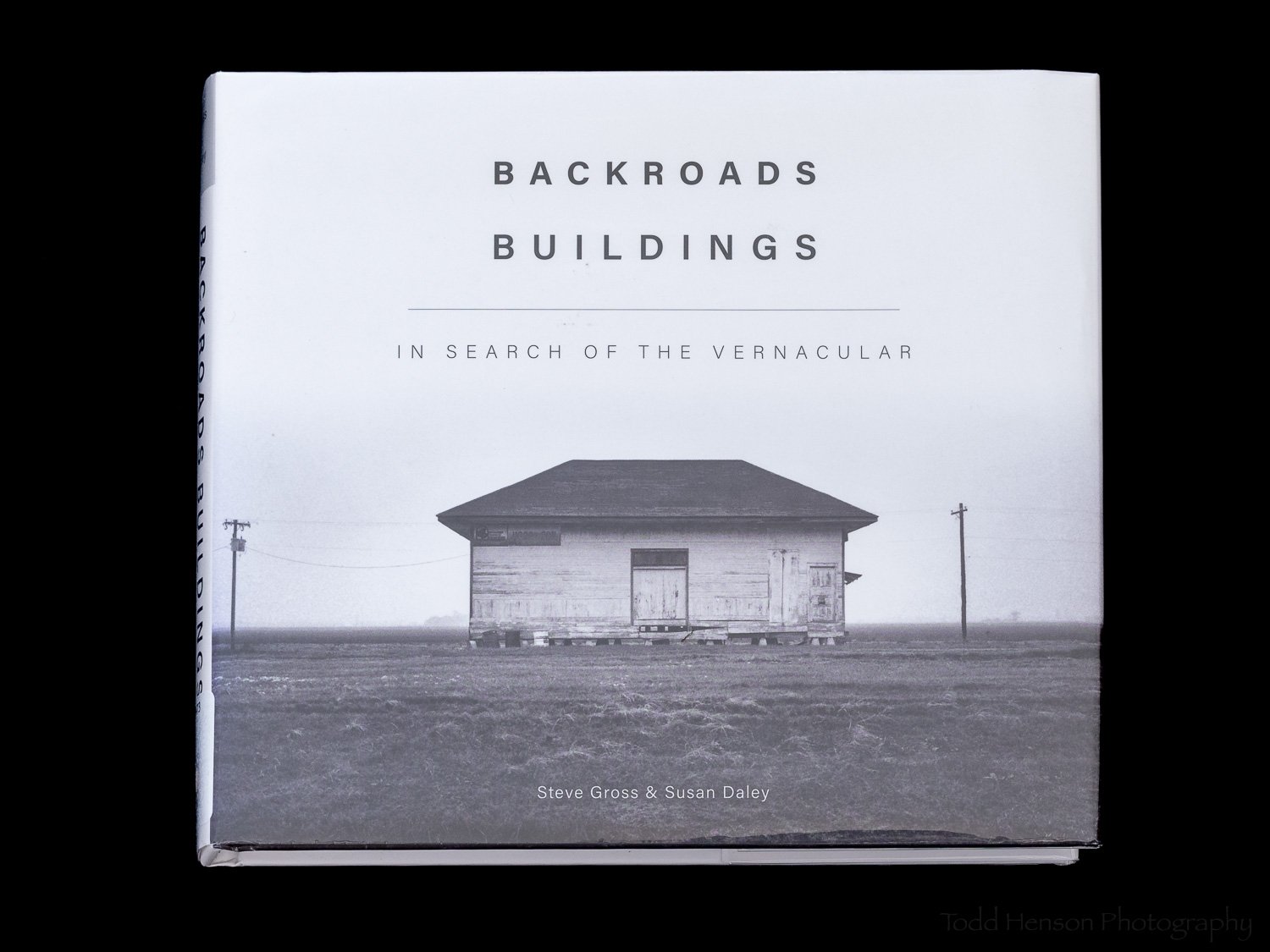This post contains affiliate links and I will be compensated if you make a purchase after clicking on my links. This is at no extra cost to you.
Annie Griffiths Belt spent much of her life as a National Geographic photographer, traveling the world, telling stories about the peoples and places she visited. In A Camera, Two Kids and a Camel she tells her story. She tells of growing up in the Midwestern US in the 1950s and how early on she had no thoughts of being a photographer; she didn’t even own a camera until her junior year in college. She thought she’d be a novelist.
But the job that might have begun training Annie for her eventual career with National Geographic was that of a waitress in a small town. She felt that job taught her more than any classroom ever had. She learned how to relate to people, how to communicate and get along, the gift of gab and putting people at ease; great skills for a future journalist.
When she did finally buy a camera in college Annie was hooked. All she wanted to do was photograph assignments for the university paper. After college she worked for another paper, one where she was largely on her own to find and tell stories, with little oversight or direction. This was perfect training for National Geographic.
One day while working at the paper Annie answered the phone and found herself speaking to Bob Gilka, the Director of Photography at National Geographic. He was looking for hail damage photographs and knew her area had just experienced a large hail storm. And so began her relationship with National Geographic. Within a year she was working her own assignments for them.
It was also at National Geographic she would meet her future husband, Don Belt. He was a writer for the magazine, and they would eventually go on assignments together as much as possible. When they had kids they decided to take them along, as well. This proved a fantastic education, allowing the kids to see the world, learn about the cultures, people, and places firsthand.
National Geographic sent her all over the world. She visited many of the countries in the Middle East, learning about the different cultures and making friends with many people. This was an interesting time. There is so much tension between so many of the cultures in that part of the world, yet she was able to befriend people everywhere she went. She eventually travelled to other parts of the world: New Zealand, Australia, England, Morocco, Japan. She visited South America, Europe, Africa, every continent but Antarctica.
Each section of the book tells a part of her story and showcases photographs from that period of her life. Scattered throughout are also short pieces about specific stories, describing her experiences and displaying photographs from that story. Many of them are very personal or emotional, as is often the case with National Geographic stories, taking you into the lives of the people.
The book is full of photographs from all over the world. Most are her photographs made while working various assignments. Some are of her family while with her on these assignments. If you’ve read National Geographic then you will be familiar with this type of photography. These are story-telling photographs. Ones that draw us into the lives of others.
This is a book that not only tells the story of Annie Griffiths Belt, but also tells the story of the cultures of the world. It demonstrates it is possible for people of different cultures to get along, to even learn from one another if we stay open to it. The book seems especially relevant today, with so much hatred and violence in the world, so much misunderstanding, so many people judging an entire race or culture because of the actions of the few. This book is evidence it doesn’t have to be that way. It is possible to learn to respect and appreciate those who are different than ourselves.
“As a photographer I have learned that women really do hold up half the sky; that language isn’t always necessary, but touch usually is; that all people are not alike, but they do mostly have the same hopes and fears; that judging others does great harm but listening to them enriches; that it is impossible to hate a group of people once you get to know one of them as an individual.”
I hope you will seek out a copy of this book and read through it. Maybe you’ll get something out of it, as I did.
Do you enjoy these posts?
Sign up to receive periodic emails with updates and thoughts. Don’t worry, I won’t spam you. And please consider purchasing artwork or products from my online store, and using my affiliate links in the sidebar to the right when shopping online.
I appreciate your support!








































